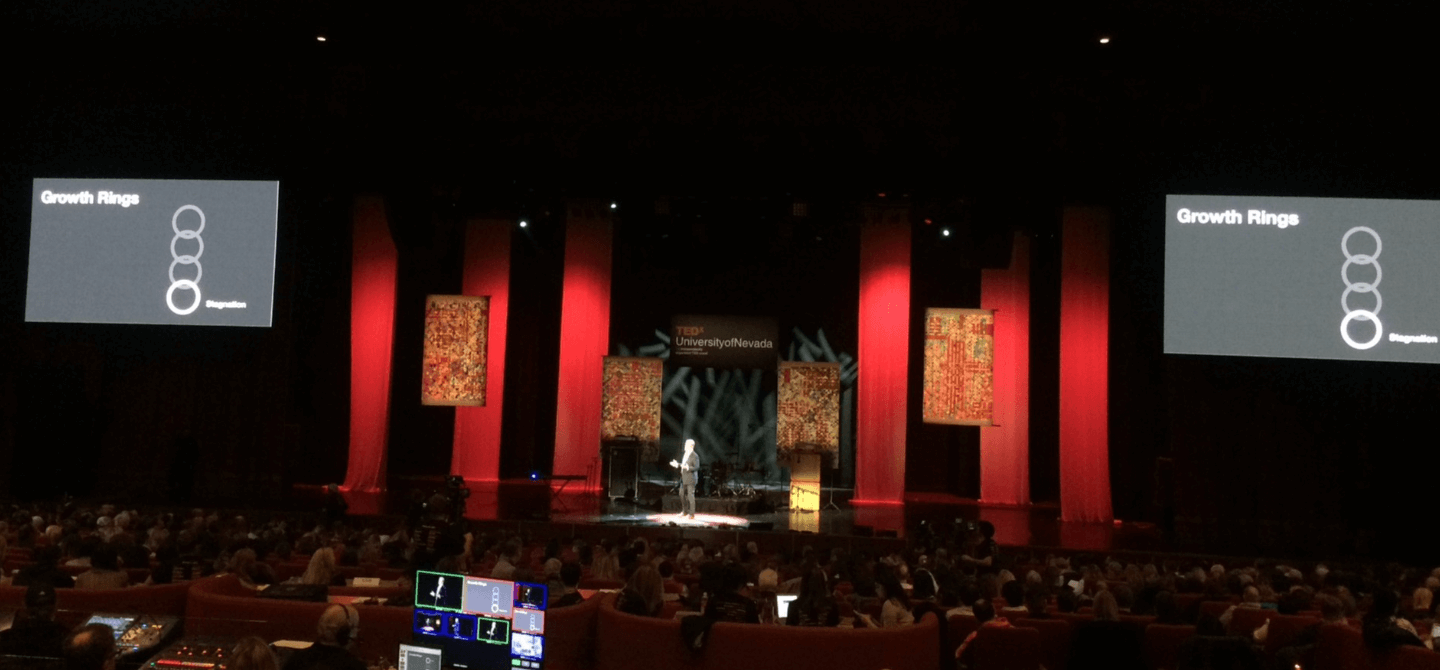PART 3: Connection
“Boss” is a broad term with responsibilities that can differ vastly based on industry, organizational structure, and more. But when it comes to being a good boss, there are 6 key themes that hold true whether you’re a tenured CEO, new frontline manager, or something in between. In this multi-part series, we’ll be exploring the 6 coaching themes that are critical for leaders, outlining exactly what best practices and behaviors bosses need to become high-performance coaches for their teams.
This is the third installment of a 7-part series. Before reading on, we suggest you click here to start with Part 1.
Connection is the depth and quality of respect, engagement, and rapport between a
leader and their team members.
When connection is strong, leaders have better trust with their team, can address their needs effectively, and create a more fun and productive team atmosphere. Team members see bosses with whom they have a strong connection as more effective leaders.
Ecsell has researched how connection impacts teams, and we’ve found that team members who feel like they have a strong connection with their leader are:
- 4x less likely to be at risk for turn
- 5x more likely to be happy
- 14x more likely to trust their leader
In fact, leaders whose connection scores are in the top 20% of Ecsell’s research lead teams that average $4.3 million more in revenue per leader per year.
Now that we know what connection is, why it’s important, and how it helps your team and your business, let’s talk about three important behaviors that drive strong connections.
- Get to know your team members individually
By getting to know your team members, you’re showing them that you care about them as a real person, not just as an employee. Ask them interesting questions about their life and find common areas of interest. Remember to share about yourself as well, because authentic connections require trust to flow both ways.
- Listen actively to your team members
Active listening shows team members that you care about what they have to contribute. Summarize their thoughts and ask clarifying questions to help them know that you value what they have to say. It’s important to be genuine in your interest while listening, because connection won’t build if they sense you’re just checking a box.
- Show your team members that you value them
Giving meaningful recognition makes team members feel like they matter. Help them understand that they’re an important part of the team by making recognition unique to each team member and by being specific about what they did well. Highlighting the impact they have in a way that fills their cup will help team members want to do more of that for you and their colleagues.
We’ve created a connection cheat sheet for leaders filled with easy-to-execute best practices to help adopt the behaviors above, plus more. Improving incrementally in even just one of these areas will yield positive returns in how connected your team members feel at work. Click the button below to download the cheat sheet for free.
























